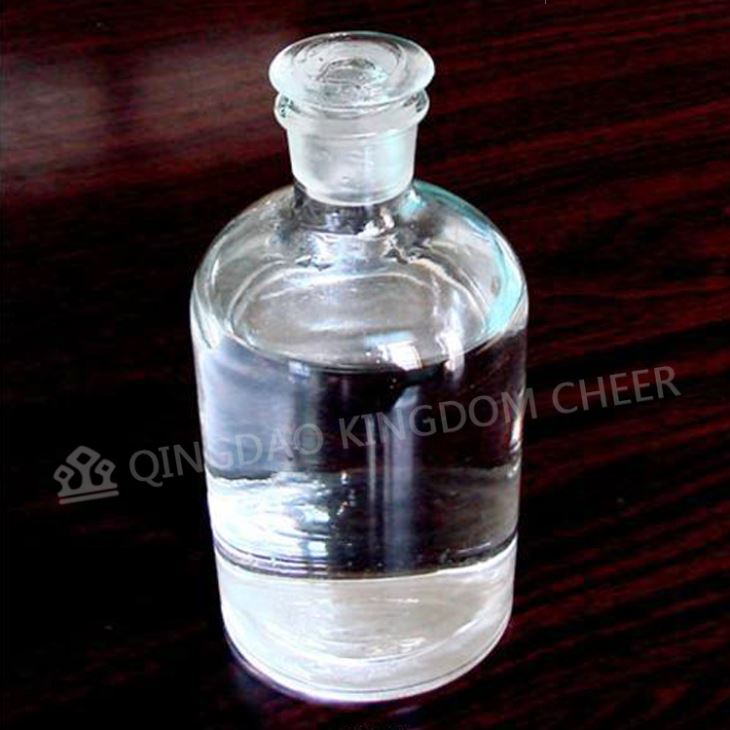
Formaldehyde
-
Min Order
1
-
Product Unit
Pieces
-
Origin
China Mainland
-
Payment


- Contact Now Start Order
- Favorites Share
- Description
Product Detail
| Product Name: Formaldehyde | CAS: 50-00-0 |
| MF: CH2O | MW: 30.03 |
| EINECS: 200-001-8 |
Formaldehyde Chemical Properties
| Melting point: -15°C | Boiling point: 97°C(37% solution),-19.5°C(pure) |
| Density: 1.09 g/mL at 25 °C(lit.) | Vapor density: 1.03 (vs air) |
| Vapor pressure: 52 mm Hg ( 37 °C) | Refractive index: n20/D 1.377 |
| Fp: 133 °F | Storage temp. : 2-8°C |
| Water Solubility: soluble | Merck: 14,4235 |
| BRN: 1209228 | Mol File: 50-00-0.mol |
Safety Information
| Hazard Codes: T | |
| Risk Statements: 23/24/25-34-40-43-39/23/24/25-68-45-68/20/21/22 | |
| Safety Statements: 36/37-51-45-36/37/39-26-53 | |
| RIDADR: UN 1198 3/PG 3 | WGK Germany: |
| 2 RTECS: LP8925000 | F: 10 |
| TSCA: Yes | HazardClass: 3 |
| PackingGroup III | |
Description:
Formaldehyde is a naturally occurring organic compound with the formula CH2O (H-CHO). It is the simplest of the aldehydes (R-CHO) and is also known by its systematic name methanal. The common name of this substance comes from its similarity and relation to formic acid.
Base reactions: Cannizzaro reaction in the presence of basic catalysts to produce formic acid and methanol.
Uses:
1.Industrial applications: Formaldehyde is a common precursor to more complex compounds and materials. In approximate order of decreasing consumption, products generated from formaldehyde include urea formaldehyde resin, melamine resin, phenol formaldehyde resin, polyoxymethylene plastics, 1,4-butanediol, and methylene diphenyl diisocyanate. The textile industry uses formaldehyde-based resins as finishers to make fabrics crease-resistant. Formaldehyde-based materials are key to the manufacture of automobiles, and used to make components for the transmission, electrical system, engine block, door panels, axles and brake shoes.
2.Examples of organic synthetic applications: Condensation with acetaldehyde affords pentaerythritol, a chemical necessary in synthesizing PETN, a high explosive. [32] Condensation with phenols gives phenol-formaldehyde resins.
3.Disinfectant and biocide: Formaldehyde is used to inactivate bacterial products for toxoid vaccines (vaccines that use an inactive bacterial toxin to produce immunity). It is also used to kill unwanted viruses and bacteria that might contaminate the vaccine during production. [34] Urinary tract infections are also often treated using a derivative of formaldehyde (methenamine), a method often chosen because it prevents overuse of antibiotics and the resultant development of bacterial resistance to them. In an acid environment, methenamine is converted in the kidneys to formaldehyde, which then has an antibacterial effect in the urinary tract. Some topical creams, cosmetics, and personal hygiene products contain derivatives of formaldehyde as the active ingredients that prevent the growth of potentially harmful bacteria.
Formaldehyde is also approved for use in the manufacture of animal feeds in the US. It is an antimicrobial agent used to maintain complete animal feeds or feed ingredients Salmonella negative for up to 21 days
4.Tissue fixative and embalming agent: Formaldehyde solutions are used as a fixative for microscopy and histology because of formaldehyde's ability to perform the Mannich reaction, although the percentage formaldehyde used may vary based on the method of analysis. Additionally, the methanol used to stabilize formaldehyde may interfere with the ability to properly fix tissue or cells, and therefore commercial formaldehyde preparations are available that are packaged in glass ampules under an inert gas to prevent the use of contaminating methanol for stabilization. Formaldehyde-based solutions are also used in embalming to disinfect and temporarily preserve human and animal remains. It is the ability of formaldehyde to fix the tissue that produces the tell-tale firmness of flesh in an embalmed body.
5. Drug testing: Formaldehyde, along with 18 M (concentrated) sulfuric acid makes Marquis reagent which can be used to identify alkaloids and other compounds.
6.Photography: In photography, formaldehyde is used in low concentrations for process C-41 (color negative film) stabilizer in the final wash step, as well as in the process E-6 pre-bleach step, to make it unnecessary in the final wash.
Product Categories:
Biocides; Chemistry; Aldehydes; Building Blocks; C1 to C6; Carbonyl Compounds; Chemical Synthesis; Organic Building Blocks; Amber Glass Bottles; Cancer Research; Carcinogens; Histological; Solvent Bottles; Solvent Packaging Options; Solvents
- Funmi Hair 1 Pieces / (Min. Order)
- For Symbol MC65 Stylus 1 Pieces / (Min. Order)
- For Symbol MC55N Stylus 1 Pieces / (Min. Order)
- For Symbol MC55A Stylus 1 Pieces / (Min. Order)
- For Symbol MC55 Stylus 1 Pieces / (Min. Order)
- Farm Cattle Gate 1 Pieces / (Min. Order)
- Low Formaldehyde E1 MDF 1 Pieces / (Min. Order)
 Menu
Menu

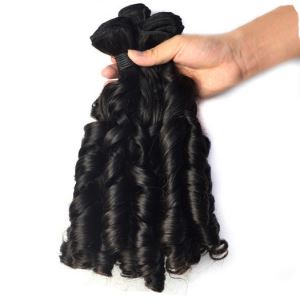
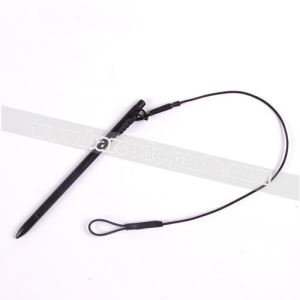
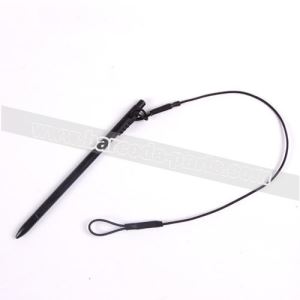
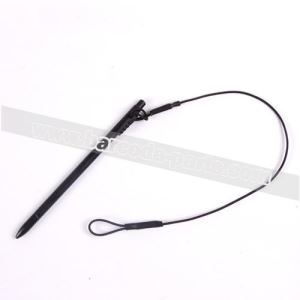
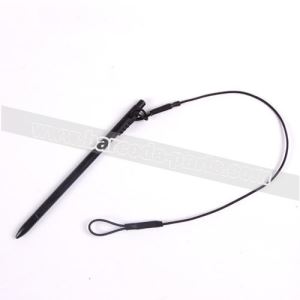
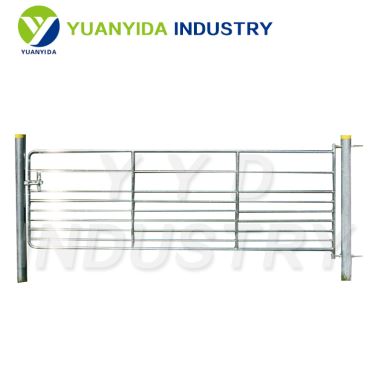

 Favorites
Favorites


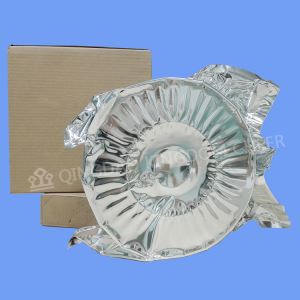
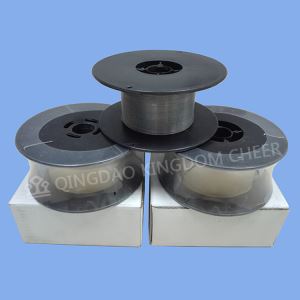
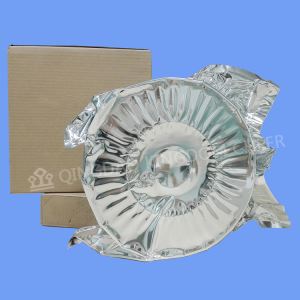
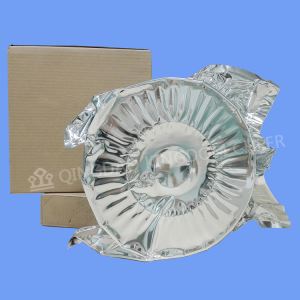
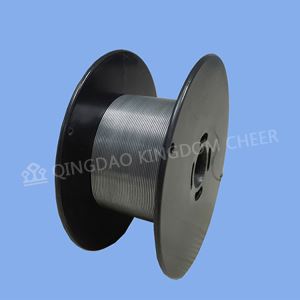

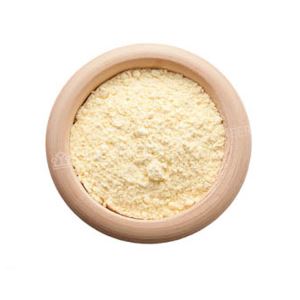
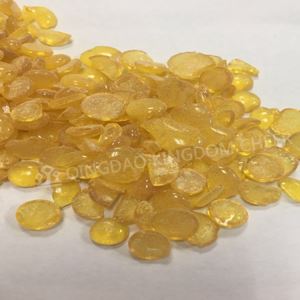
 Frequent updates ensuring high quality data
Frequent updates ensuring high quality data
 Over 5000 customers trust us to help grow their business!
Over 5000 customers trust us to help grow their business!


 Menu
Menu